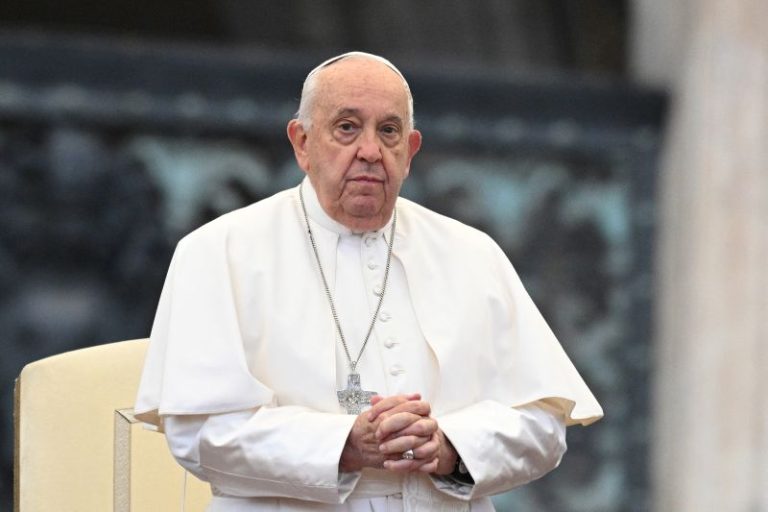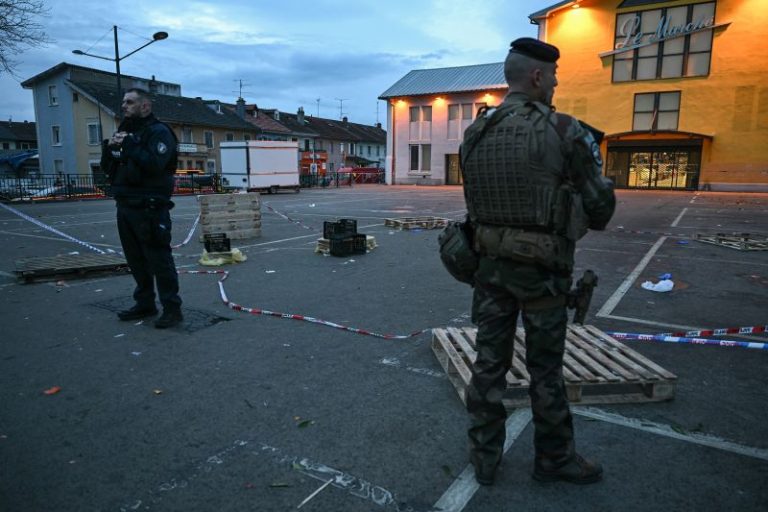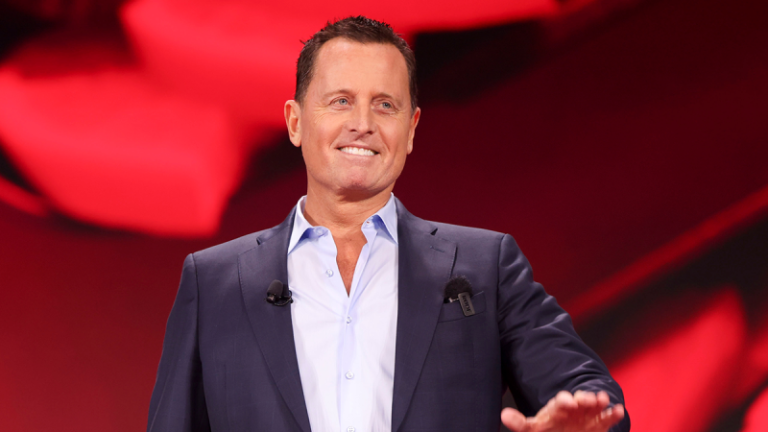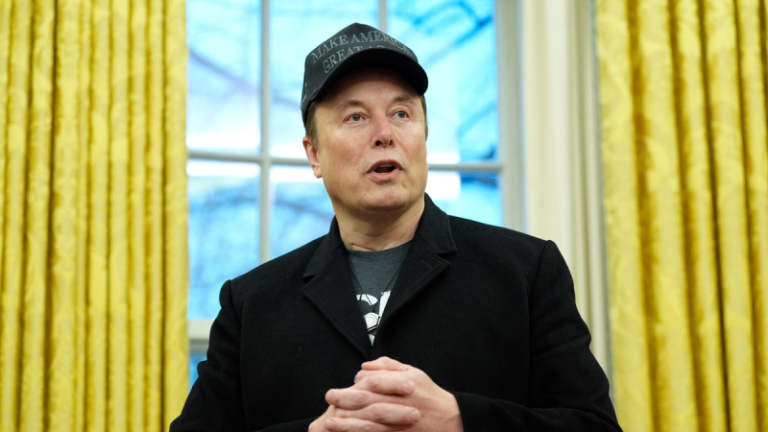Frontline footage posted by Ukrainian drone operators and Russian troops show men who have clearly suffered leg injuries, some still bandaged, using crutches in combat areas, in several instances targeted by Ukrainian drones as they use the walking aids to try to flee.
“The Russians are recycling the wounded back into the fight,” one Western official said, referring to videos of “troops on crutches being pushed back into the line.”
One drone video from January, posted by the Ukraine’s 59th brigade active around the embattled strategic city of Pokrovsk, shows a Russian soldier using a crutch under each arm to try and reach cover. He is moving slowly, despite likely being able to hear the Ukrainian drone above him and realising he is at risk.
The drone then drops a mortar round on him.
“What the hell are you doing with me, why? I had surgery yesterday, damn it!”, he says. Turning to the camera, he adds: “I… am addressing all residents of Russia and I want to show everyone what is happening to one of our worthy soldiers in the Armed Forces of the Russian Federation.”
Inside the vehicle he shows his badly wounded leg, where a large injury has recently been operated on, he says. He also holds up his wounded hand. “I don’t have a finger; they also sewed it up yesterday. I can only move using crutches.”
He says he has a painful 8-hour drive on bad roads ahead of him to return to the frontline city of Luhansk, and turns the camera to other passengers, who also show their wounds. “There’s a tube in my stomach,” the other man says. It is unclear when the video was filmed.
Another video posted by Russian military bloggers apparently last month shows a Russian unit, apparently from the 20th Army, in a forest, wearing body armour and fatigues. The man filming says: “This is how we’re going on a combat mission. This is so f**king completely f**ked up!”
The cameraman adds: “Now they’ll also give them machine guns and body armour and send them off! How is this even f**king happening?”
One soldier says: “I fought five times, two severe injuries and a severe brain injury.” He says the hospital declared him fit for unarmed service only. “Now they hang the guns on me and take me to the front line without any problems. The 20th Army is f**king awesome like this,” he says, putting up his thumbs.
Another soldier says, watching wounded colleagues shuffle by: “They are taking the boys with crutches to receive the weapons, f**king hell!” The unit is apparently headed to Makiivka, for future deployment to combat, the soldiers say.
A Ukrainian defense intelligence official said they had noticed the trend in wounded Russian soldiers appearing in “active combat areas” over the last six months. He attributed the use of the wounded as a bid by commanders to hide losses and their inability to get troops in and out of combat areas when needed.
“I’ve been in the hospital for a month,” he said, “and they don’t extract the shrapnel for anyone. They just put on some ointment and that’s it. When the wound heals slightly, they discharge you.”
He said he recuperated near Moscow in a unit of amputees, or those immobile or on crutches, who were entitled to a month vacation when healthy again.
“But they are not allowed to leave the unit,” he said. “This is what they call ‘a recovering regiment’. They spend a month there and they are throwing them back to war.”
He described the policy as a “one way ticket,” perhaps designed to reduce compensation payouts for families. “They pay 3 million rubles for some injury. They’re sending cripples back to the front… to avoid paying money. If the person is missing, the family doesn’t get paid money. For the proof, a body is needed, and if there’s no body, that’s it, sorry, goodbye.”
Among the documents, a medical report detailing significant head and body injuries on one Russian who had been sent back to fight.










